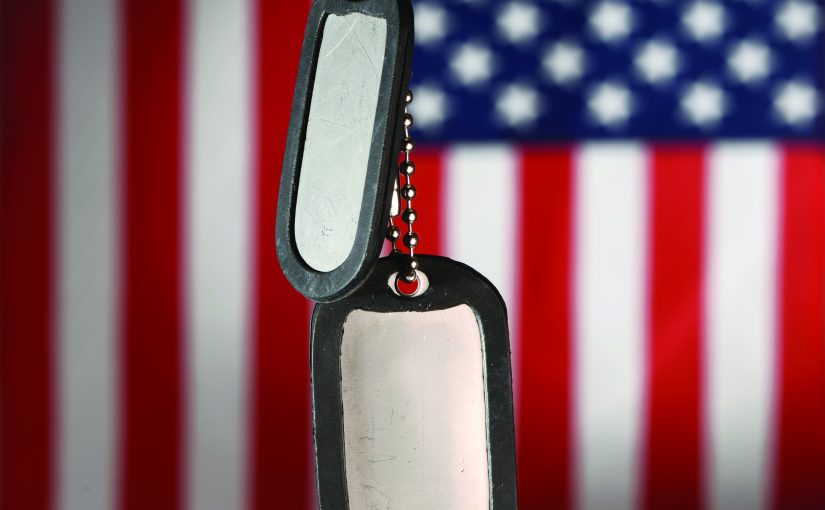
fferent opinions abound about the proper term for a veteran of the U.S. military. Can they be simply referred to as “veterans,” or are they better defined as “military veterans” or “combat veterans”? Essentially, the minor distinctions in the type of service rendered are immaterial. A U.S. veteran, combat or otherwise, is defined as someone who, at some point, offered his or her life in service to the United States, its ideals, and the freedoms that U.S. citizens enjoy. Considering the sacrifices service members are willing to make for the United States and its people at any given place or time, the author finds it to be a fitting definition indeed. For that willingness alone, it is vitally important that the men and women who fight or have fought for U.S. ideals and freedoms receive the same rights and privileges in return. If not for military veterans, life in the United States would almost certainly be decidedly different.
Thankfully, there are a number of government organizations and nonprofits in existence designed specifically to assist veterans. In fact, by the latest count, there are more than 46,000 locally based organizations serving veterans in the United States, and that number continues to grow on a daily basis.1 The need for these organizations is so great primarily because veterans continue to be challenged with reintegrating into civilian life after their military service or combat deployments have ended. While these nonprofits work tirelessly at assisting veterans after—and hopefully before—a crisis, few are actually prepared for and capable of assisting veterans during a particular crisis moment. Who, then, is better prepared to help a veteran when he or she is experiencing, or re-experiencing, a traumatic event from combat?


